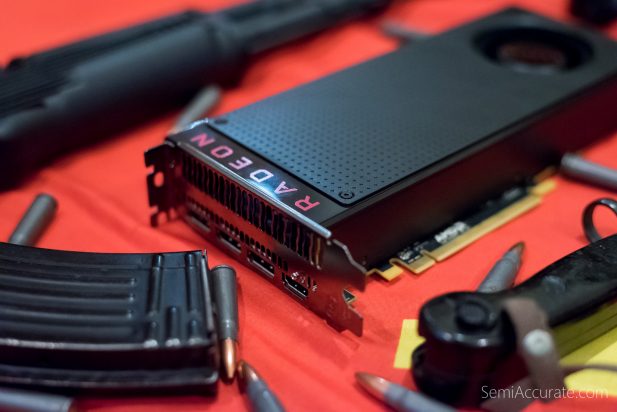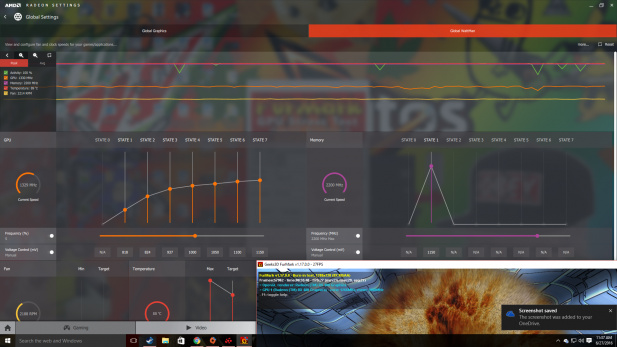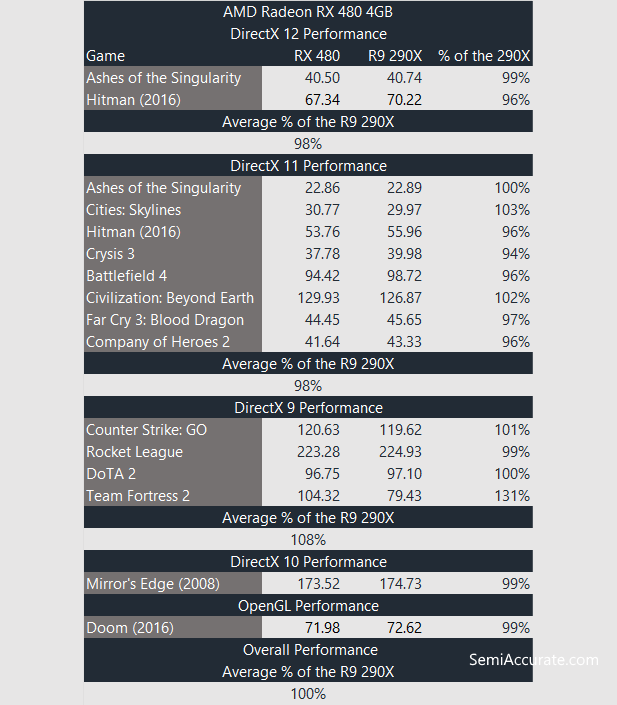Today we’re reviewing AMD’s Radeon RX 480 graphics card. Based on AMD’s Polaris 10 chip the RX 480 is the first 14nm FinFET graphics chip brought to market by the company. With a die size of 233.3mm2, boost clock speed of 1266 Mhz, a base clock of 1120 Mhz, 36 Compute Units, 5.8 Tflops of single precision compute, 150 Watt TDP, and 224 GB/s of memory bandwidth the RX 480 is a powerful midrange offering. As our testing will show the Radeon RX 480 almost perfectly matches the performance profile of the venerable R9 290X. The RX 480 then goes on to improve upon almost every other aspect of product performance like noise, power consumption, aesthetics, physical size, I/O layout, and overclocking support.

The RX 480 looks like a version of AMD’s Fury Nano from late last year. It’s a good look for a brand and a company that is working harder than ever to improve and recreate their image. The RX 480 even goes so far as to use the same I/O layout as AMD’s Fury cards with three full-size DisplayPorts and a single HDMI port. It is lacking one feature that the older Fury-branded cards integrated: a red LED lit Radeon logo.
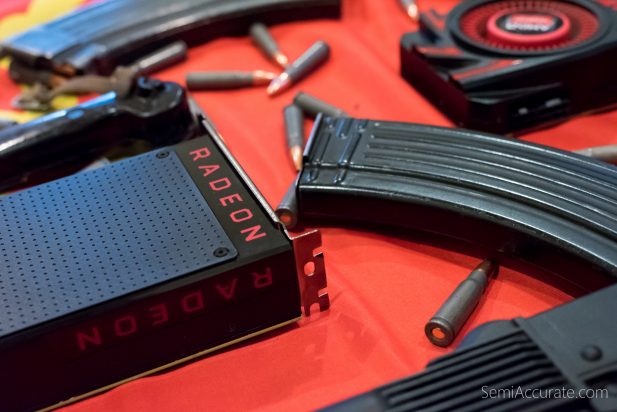
Back to Blowers
What’s unusual about the RX 480 though is its blower design that extends far past the end of its PCB. Although there are many pejorative terms that have been used to describe this extension; its presence has enabled AMD to create a graphics card that runs at about 80 degrees’ Celsius under load and while not silent is leaps and bounds quieter than the R9 290X or HD 7970. At stock clock speeds AMD’s reference cooler is really quite nice. Where things get dicey is when you start overclocking.
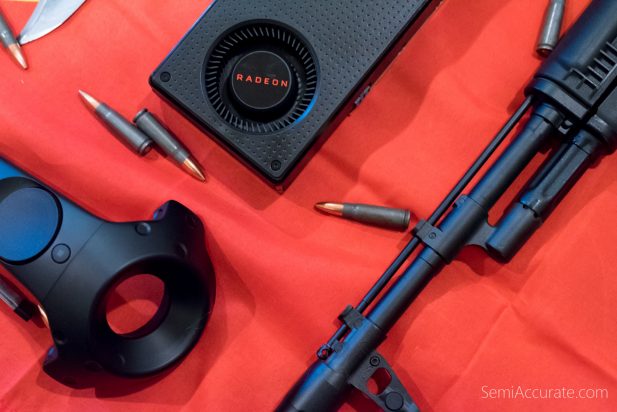
Overclocking with Radeon WattMan
Speaking of overclocking AMD’s put together the best first-party overclocking tool I’ve ever seen with a tool that’s integrated into their driver and dubbed Radeon WattMan. It’s an attractive looking tool that gives users vastly more granular control clockrates, voltages, and fan speeds, target temperatures than AMD’s older OverDrive tool could ever muster. We liked this tool so much that we asked AMD if they had any plans to backport it to their older GPUs. The response was that WattMan is limited to only Polaris GPUs but that we should stay tuned. Not really the response we were looking for, but there’s still hope.
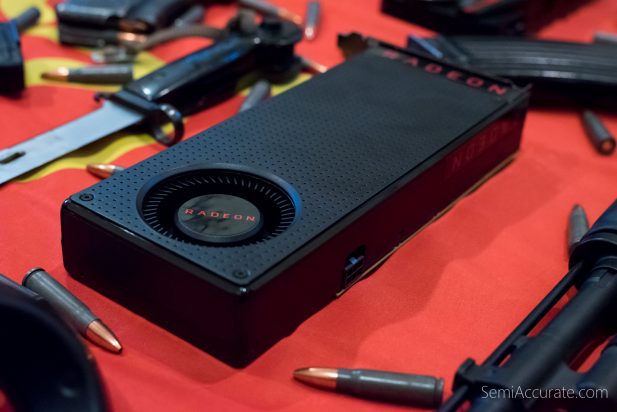
The RX 480 has two weakness when it comes to overclocking. Its reference cooler, while great at stock clock speeds, quickly runs out of thermal headroom. Additionally, while the WattMan tool offers really granular voltage control the boost clock state on the RX 480 already uses 1131 mV while the voltage tool only offers overvolting up to 1150 mV which gives users very little room to work with. At least on the reference RX 480 AMD’s voltage controls appear to be setup more to encourage users to undervolt their GPUs rather than to overvolt them.
Here’s the best overclock we managed on the RX 480: 1330 Mhz on the core, 2200Mhz on the memory, and a nearly 90-degree operating temperature. This is not a very exciting result, but given that it appears that we are running headlong into the limitations of the reference cooler I think it’s fair to expect that non-reference version of the RX 480 will fare a bit better on this front.
One other item that I suspect is impacting the overclocking potential of the RX 480 to some degree is AMD’s adaptive voltage and frequency scaling technology (AVFS) which is a piece of IP that the company has brought over from its APU products and into the GPU market. The goal of AVFS is to maximize the frequency potential while minimizing the necessary voltage required to reach that frequency by using hardware monitoring points on the Polaris 10 die. AVFS allows AMD to push its GPUs harder than ever before by reducing the gap between what the silicon operates at and what the silicon is capable of operating at. Thus there’s less of safety margin and consequently less overclocking headroom left for users to exploit.
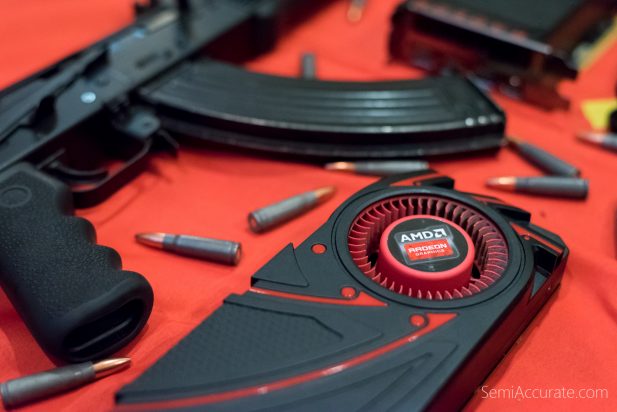
The 290X Reborne
For the rest of this review, we’ll be comparing the performance and power consumption of the RX 480 to the R9 290X. Let’s start with the most interesting issue: power consumption. We used Ashes of the Singularity to represent a gaming workload for our power consumption testing and found that the R9 290X draws about 100 Watts more under load than the RX 480.
Some of you may be wondering why these numbers seem so high. The answer to that question is the FX-8370. For this review, we decided to test on a more mainstream platform than our normal i7-6700K test best given that most of the potential buyers of the RX 480 will likely have midrange CPUs like the FX-8370. Outside of the midrange performance level that the FX-8370 provides, it’s also a rather old CPU and thus draws a ton power compared to modern Intel CPUs or even AMD’s recent APUs.
When overclocked the RX 480 only draws about ten more Watts under load than at its stock clock speeds. Although that could be because the card was throttling itself due to cooling concerns or it could be because its single six-pin PCI-E power connector was limiting its ability to draw more juice.

The Benchmarks
Moving to performance I’m just going to restate the fourth sentence of this review. As our testing will show the Radeon RX 480 almost perfectly matches the performance profile of the venerable R9 290X. With that said these 1080P benchmarks should come as no surprise.
There you have it. With the same 16.6.2 drivers and the RX 480 and the R9 290X perform almost identically. While the RX 480 is no Fury X killer it is a substantial improvement over AMD’s R9 290X in every aspect outside of raw performance. Overclocking issues aside I quite like the RX 480. At a $200 price point for the 4 GB reference design we tested here and $239 for the 8 GB version this is a well-conceived midrange product. More importantly, AMD’s finally returned to hard launching its GPUs as we can show you the results of our testing and you can go out and purchase the RX 480 today. This is quite the turnaround from the soft launches we’d seen with the Fury Nano and Fury Pro Duo.
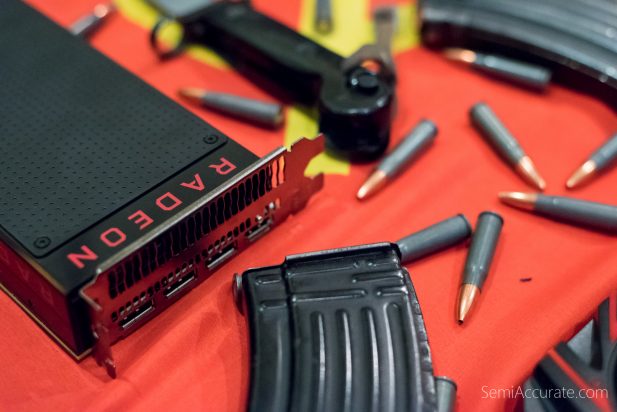
In the end, I think the simplest way to define the Radeon RX 480 is to say that it’s a R9 290X but better in every way. If you’re looking to get into PC gaming or upgrade from a graphics card older than an R9 290X and you’re using a 1080P monitor, then a RX 480 is probably the right GPU for you.S|A
Thomas Ryan
Latest posts by Thomas Ryan (see all)
- Intel’s Core i7-8700K: A Review - Oct 5, 2017
- Raijintek’s Thetis Window: A Case Review - Sep 28, 2017
- Intel’s Core i9-7980XE: A Review - Sep 25, 2017
- AMD’s Ryzen Pro and Ryzen Threadripper 1900X Come to Market - Aug 31, 2017
- Intel’s Core i9-7900X: A Review - Aug 24, 2017
